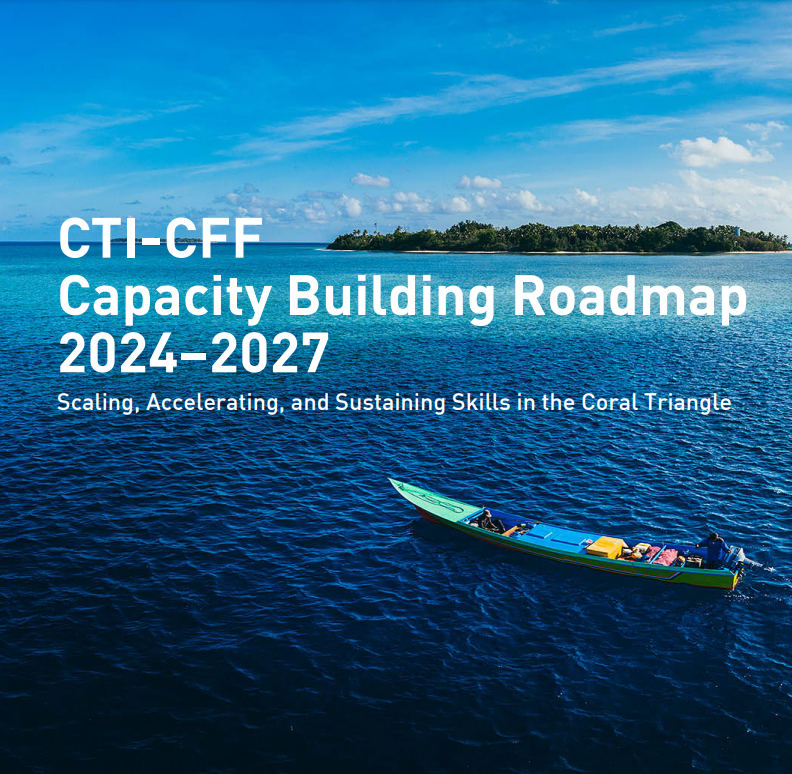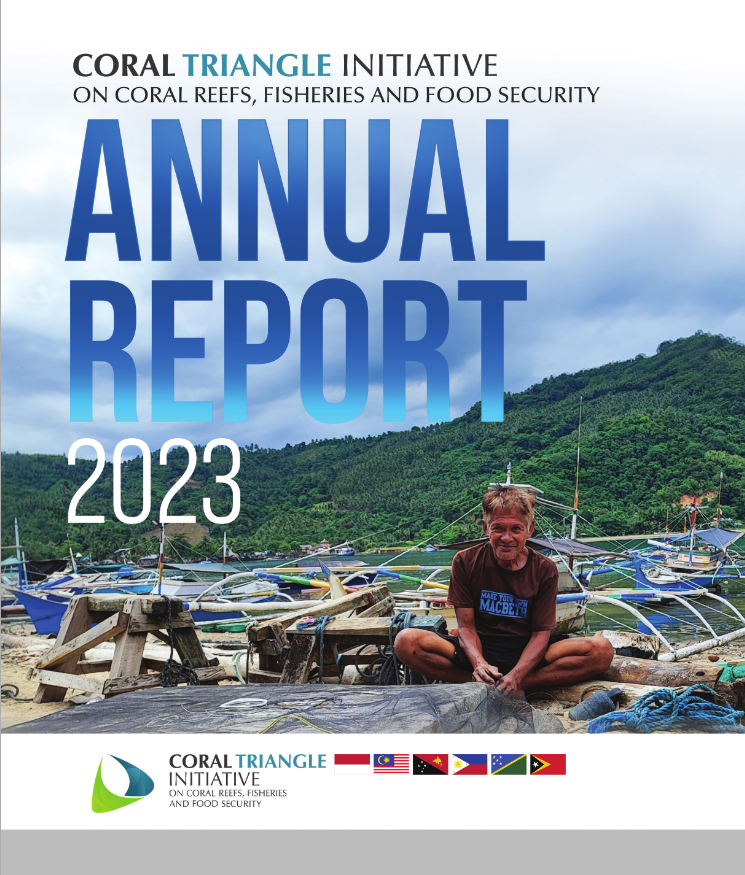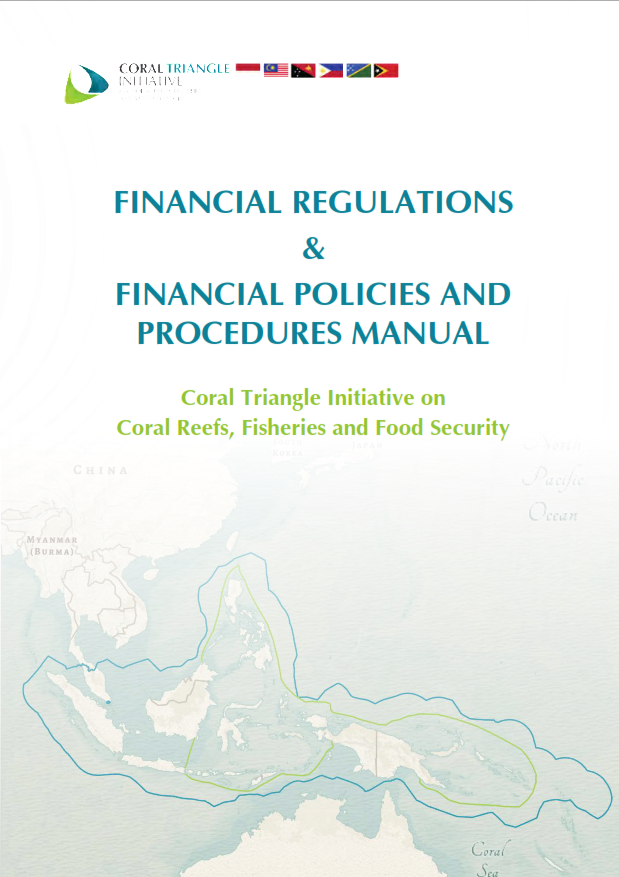Developing Marine Protected Area Networks in the Coral Triangle: Good Practices for Expanding the Coral Triangle Marine Protected Area System
The Coral Triangle Marine Protected Area System aspires to become a region-wide, comprehensive, ecologically representative and well-managed system of marine protected areas (MPAs) and MPA networks. The development of this system will proceed primarily through the implementation of ecological, social, and governance MPA networks at the sub-national scale. We describe six case studies that exemplify different approaches taken to develop MPA networks in the Coral Triangle region at different scales: Nusa Penida in Indonesia; Tun Mustapha Park in Malaysia; Kimbe Bay in Papua New Guinea; Verde Island Passage in the Philippines; The Lauru Ridges to Reefs Protected Area Network in Choiseul, Solomon Islands; and Nino Konis Santana Park in Timor Leste. Through synthesis of these case studies, we identify five common themes that contributed to successful outcomes: (1) the need for multi-stakeholder and cross-level management institutions; (2) the value of integrating cutting-edge science with local knowledge and community-based management; (3) the importance of building local capacity; (4) using multiple-use zoning to balance competing objectives; and (5) participation in learning and governance networks. These lessons will be invaluable in guiding future efforts to expand the Coral Triangle Marine Protected Area System, and provide important insights for MPA practitioners elsewhere.
- Subject:
- Marine Protected Areas
- Type:
- Reports and Studies
- Country:
- Indonesia |
- Philippines |
- Solomon Islands |
- Malaysia |
- Papua New Guinea |
- Timor-Leste



